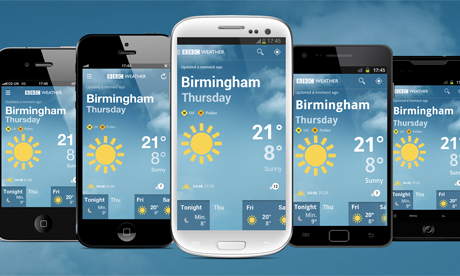Focus Group?
The
Focus group involved me, Mr Halsey and the rest of our class discussing what my
idea for my production is, and how I hope to see it set out. During the focus
group I had spoken about my idea, characters, narrative themes,
setting/location, why the idea will appeal to an ‘E4 Audience’ as well as final
scheduling details.
The
Focus group involved me, Mr Halsey and the rest of our class discussing what my
idea for my production is, and how I hope to see it set out. During the focus
group I had spoken about my idea, characters, narrative themes,
setting/location, why the idea will appeal to an ‘E4 Audience’ as well as final
scheduling details.
The programme was decided to be broadcasted on Monday 8-8.30pm on the channel
E4. Although this fits in the time for a pre-watershed production, it is also a
weekday meaning it’s a time where an older audience will be likely to be
watching TV
After
the focus group I had decided to change certain things about the TV Show, this
was including the fact that majority of the class thought that the Main
Character ‘’shouldn’t be going through a psychological problem’’, as this can
be difficult to represent correctly, without offending anyone. In addition,
other people from the Group including Mr.Halsey had backed up the point that ‘’absolutely
any teen could be going through insecurities’’.
This allowed me to make up my mind as having my main character as a 18
year old girl, who has major insecurities, however no problems which prove her
to be unwell.
Another
issue that was raised was ‘’how skinny will the girl have to be’’ – as this
could lead to other females, or males feeling insecure about themselves if they
find a perfectly fine looking girl complaining about her body. However I have
now decided that people will think she’s attractive, she just doesn’t know
that, and this can be shown by a private conversation between her mum and best
friend, as this will probably show that all there is that isn’t right is her
insecurities, everything else about her is fine. In my opinion, setting a
positive character thinking they are negative will boost self esteem for the
audience, because if they are watching a show and relating to the main character,
and the main character thinks they are ‘ugly’ and other negative things, then
if there is someone to contrast their thought on it, and say : no you are fine,
and pretty the people relating to the TV Show will feel that what they think of
themselves isn’t what they are, and this may help them be more confident about
themselves – and this is what is needed in a younger age.
The target
audience for my TV Show will be mainly females. The audience will be aged close
to 15-35, who belong to the demographics of C2-E, as these are the people who
will be most likely to watch E4, and be interested in this show that focuses on
a life of a teenager full of insecurities. The girl is aged 18, she is a young
adult, and due to her age the audience of 15-35 will be able to relate to her.
Out of the 8 VALS consumer classification, the TV show is most likely to be appealing to the strivers. This is because they are consumers who will most likely be able to relate to the main character as they are people who have a less resources, so would live in a suburban Area for example West London, Southall (like main character), and success will be defined to them by money, as this is a programme about someone who is running after wanting to look the best, and that could pretty much be done by money and materialistic things, strivers would be interested in this. Also Strivers are most likely to want to emulate people they admire, which is exactly what the main character wants to do – further allowing strivers to be able to find this TV Show interesting.
(This link was used for help http://www.strategicbusinessinsights.com/vals/ustypes/believers.shtml)
Out of the 8 VALS consumer classification, the TV show is most likely to be appealing to the strivers. This is because they are consumers who will most likely be able to relate to the main character as they are people who have a less resources, so would live in a suburban Area for example West London, Southall (like main character), and success will be defined to them by money, as this is a programme about someone who is running after wanting to look the best, and that could pretty much be done by money and materialistic things, strivers would be interested in this. Also Strivers are most likely to want to emulate people they admire, which is exactly what the main character wants to do – further allowing strivers to be able to find this TV Show interesting.
(This link was used for help http://www.strategicbusinessinsights.com/vals/ustypes/believers.shtml)
Furthermore the psychographic group that my TV show will appeal to will mainly be:
- Aspirers
-Strugglers.
Aspirers seek status. They are materialistic and oriented to their image and appearance as well as typically being young. This psychographic group fits perfectly for my TV Show, as aspirers will be able to relate to the main character so well, as her insecurities have made her feel that ‘’attractive packaging is more important than the contents’’, as the character doesn’t think about judging others on their personality, it’s mainly because of the way they look not the ‘content’ similar to how an aspirer would think, allowing their personalities to easily be linked, and the TV appealing to.
Strugglers seek escape. They are disorganiszed and mainly from the D and E demographic – like the characters shown in the TV Show and the main character, allowing strugglers to relate to the TV show as well as the characters.



